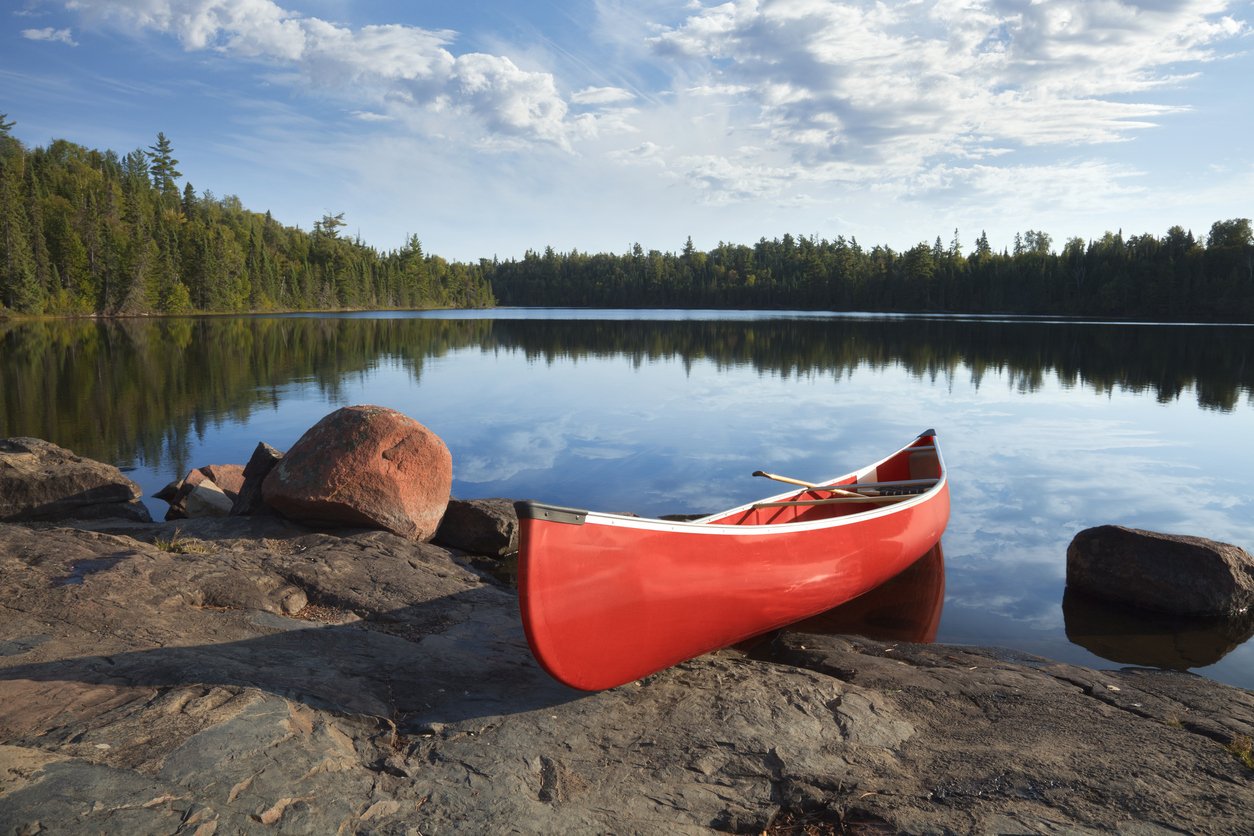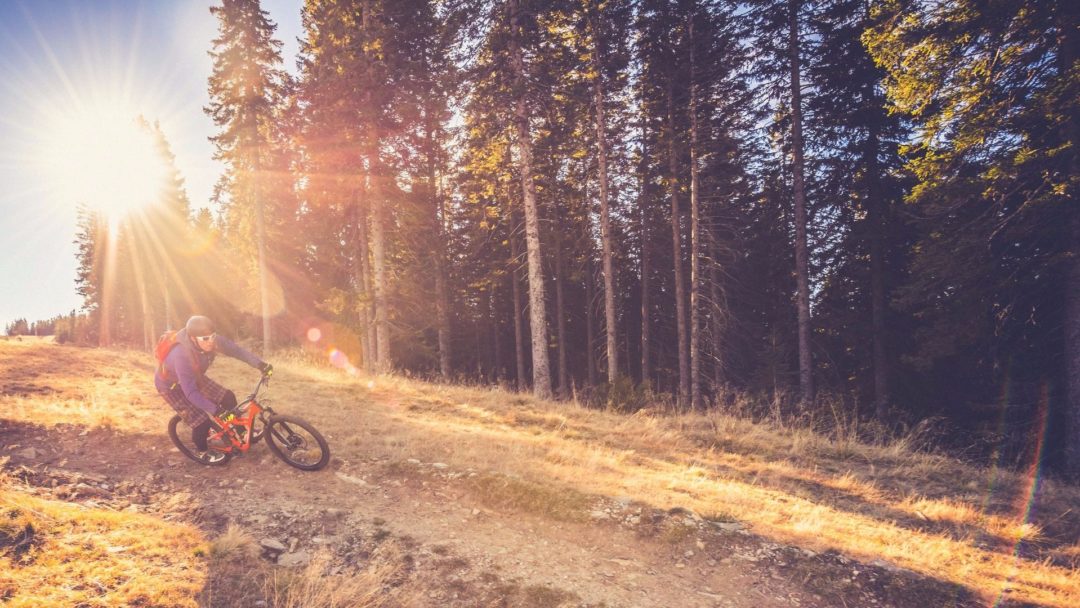June marks two national celebrations: National Great Outdoors Month AND National Rivers and Water Month. Great Outdoors Month is an initiative designed to get people active outdoors. The timing couldn’t be better as it’s the start of summer and end of the school year, what better way to mark the occasion than playing in the sun? National Rivers and Water Month is also set in June. It’s a time to pause and reflect on all that clean rivers and streams do for us. More than 180 million Americans depend on watersheds including rivers for their drinking water. We know the importance of a healthy forest to provide clean water.
When watersheds are damaged or impaired, it doesn’t only affect wildlife in the forest that depend on it for their water supply, but if affects nearby communities whose drinking water comes from the forest.
To celebrate these initiatives, here are seven forests across America we’re working in with critical watershed restoration projects. Spend your summer relishing in one of these beautiful forests —or one nearby — and celebrate the wonders of nature.
Read Happy National Rivers and Water Month!
- Superior National Forest
Situated in northeastern Minnesota along the U.S.- Canada border, Superior National Forest stretches across more than 3.9 million acres of woods and waters, including 2,000 lakes and rivers. It holds a wilderness reserve made up of one million acres called the Boundary Waters Canoe Area that allows canoers to travel along fresh waters near land. This year we’re planting 66,000 trees on the forest to help restore wildlife to the area and preserve watersheds.

A red canoe rests on a rocky shore of a blue lake in the Boundary Waters of Minnesota
- Tate’s Hell State Forest
Tate’s Hell was once a privately-owned 200,000-acre plot of woody wetlands before the state bought it in 1994. Located along the gulf of northwestern Florida, Tate’s Hell State Forest is filled with diverse ecosystems. At one point, it supported 12 major systems including wet flatwoods, wet prairie, basin swamp, hardwood forest, and dense thickets. However, poor pest management practices led to a decline in the ecosystems. This year we’re planting 85,000 trees to help restore the diverse habitat the forest is known for.
- Econfina Creek Water Management Area
Econfina Creek is a small river that runs through the middle of the Florida panhandle. The creek is a popular canoeing and hiking spot. The trail — nestled in pine forests — offers deep ravines and sandy slopes, while the river feeds into springs that provides drinking water to surrounding communities including Panama City, Parker, Callaway, and Lynn Haven. This year we’re planting 220,000 longleaf pines along the creek to protect water sources throughout the area.
- Cossatot River State Park
Nestled in southwest Arkansas, Cossatot River State Park offers some of the best whitewater rafting in the region, attracting skilled canoeists and kayakers. The name Cossatot is a Native word for “skull-crushing,” and the river doesn’t disappoint. In addition to the rough rapids, the park offers trails and natural reserves and is a popular destination for camping. This year we’re planting 53,000 trees on the park to preserve the watershed basin.

A glimpse of the Cossatot River. Photo | Flickr, MyBiggestFan
- 5. Patoka River Watershed
The Patoka River runs through southwestern Indiana, draining into forested bottomland. The river once housed diverse habitat like mussel, crayfish, and other fish communities. However, the deteriorating landscape —in large part by human disturbance — has threatened a lot of the habitat and impaired waters. This year we’re planting nearly 15,00 trees throughout the watershed to restore waters and bring habitat back to the area.
- 6. Central Cascades Forest
The Cascades are a major mountain range along the west coast of the U.S., extending from southern British Columbia through northern California. Some of the most picturesque landscapes can be found in the vast forest. In addition to its beauty, the forest offers lots of recreation to visitors ranging from hunting and fishing to camping and biking. This year we’re planting 20,000 trees in the Central Cascades to help retain water in the upper watersheds and protect local habitat.

A clear lake in the Central Cascades Forest.
- Chippewa National Forest
Situated in northcentral Minnesota, Chippewa National Forest has more than 1,300 lakes and covers 666,000 acres. Chippewa is considered one of the most aquatic National Forests in the country. It is home to three of the largest lakes in Minnesota and offers nearly 300 miles of hiking trails. If you love water sports, this is the place to be. This year we’re planting a half million trees on the forest to preserve the thousands of watersheds and critical habitat.
Summer is a great time to cool off under the shade of forests and swim in some of the most exclusive lakes and rivers the country has to offer. How will you spend National Great Outdoors and National Rivers Month?



